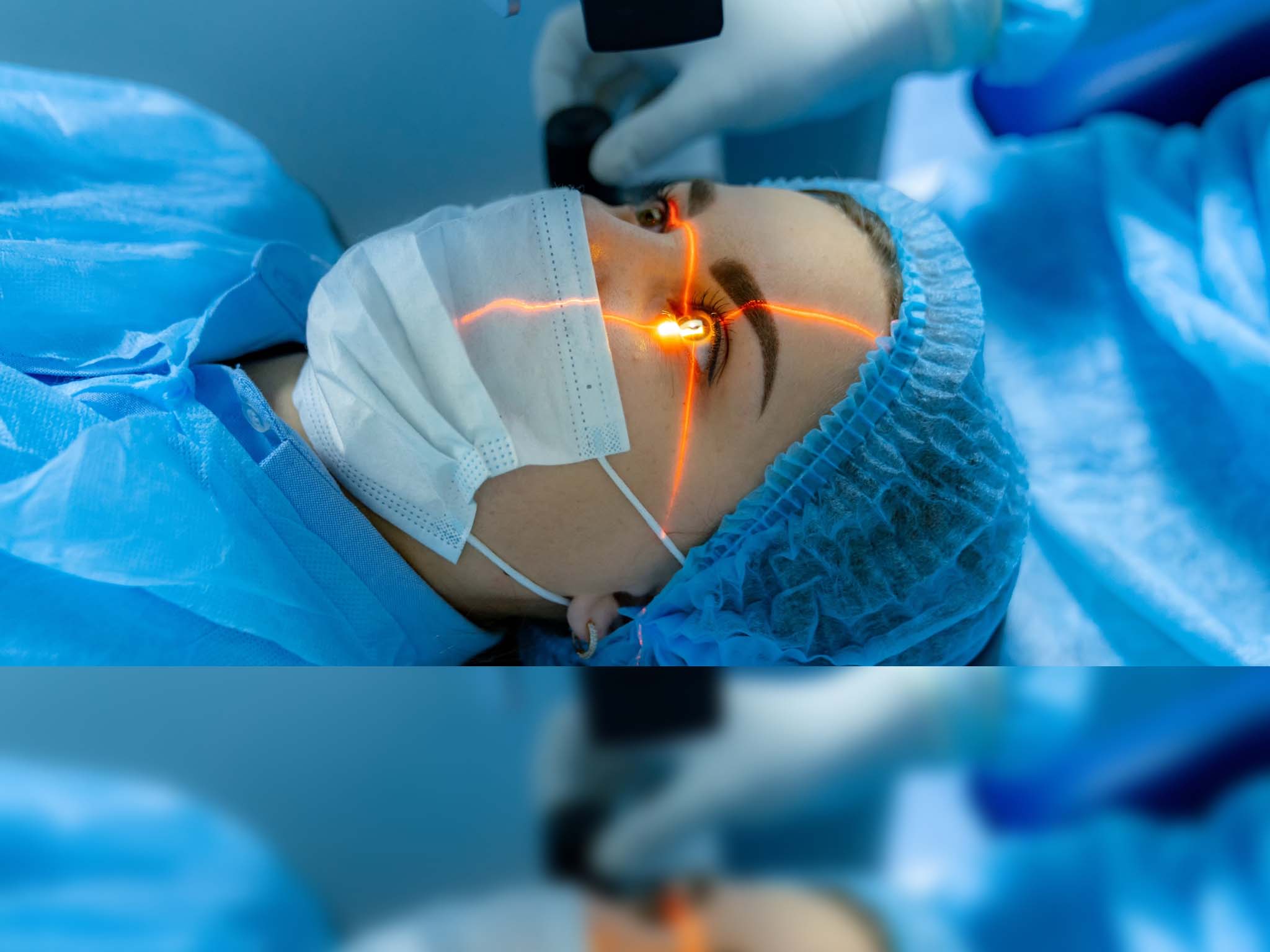PRK / EPI Lasik
(PhotoRefractive Keratectomy)
EpiLasik or PRK is a form of advanced surface ablation that does not require the creation of a flap. (“Flap -Free Lasik”).
This popular form of “advanced surface ablation” reshapes the surface of the cornea through the process of removing the corneal epithelium right before the laser is applied to the underlying stroma. An excimer laser is used to reshape the cornea. The risk of flap complications from the usual flap-based procedures are totally removed as there are no incisions and flaps created throughout the procedure.
PRK or Epi-LASIK Steps
When undergoing epi-LASIK, the steps of the procedure include:
Anesthetic eye drops are put into the eye undergoing the procedure.
The epithelial flap is created by separating the top epithelial layer from the cornea.
The sheet is pushed off to the side.
An excimer laser reshapes the underlying corneal tissue.
The epithelial sheet is, most likely, returned to its original position.
A bandage contact lens is applied, which will be removed a few days later.
After the procedure, you will receive prescriptions for eyedrop painkillers — typically anti-inflammatory drugs — and an antibiotic to reduce the risk of infection. You will also need to wear a protective eye mask while you sleep to protect your healing eyes. You may experience discomfort for a day or two after surgery, but your vision should immediately begin to improve. Within a week, you should have normal vision. While it is recommended that you take a few days off work to reduce eye strain, some people report that they were able to go back to work the next day.
Benefits of PRK Surgery
PRK eye surgery is highly beneficial for patients who are ineligible to undergo conventional LASIK surgery. The key benefits of the treatment procedure are explained below-
PRK is a better option for patients with thin corneas.
It has no risk of flap-related complications.
The chances of long-term complications are also minimal.
The success rate is very high.
PRK can correct myopia or nearsightedness with higher precision.
PRK is the best option for people who are professionally involved in contact sports.
The chances of developing dry eye are lower than in other types of refractive surgeries.
It is a cost-effective treatment for refractive errors.



